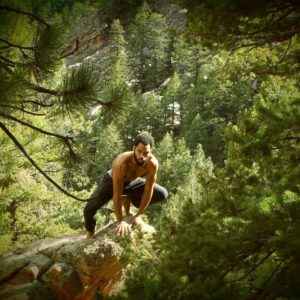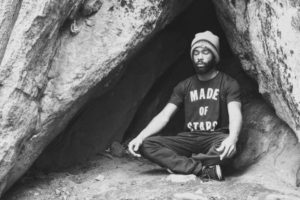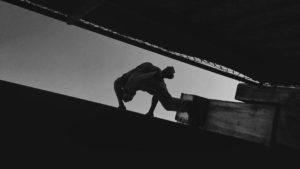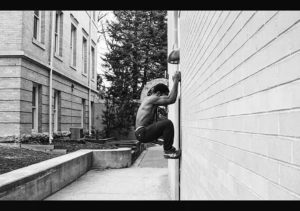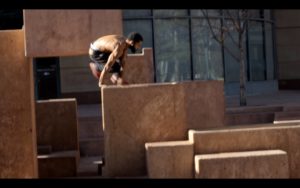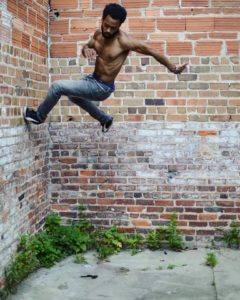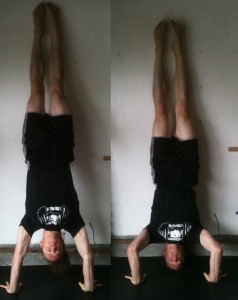(pt. 2 of interview with Curron Gajadhar, a.k.a. Aspernaut)
You see, parkour is not about competition, but about expressing wildness, being liberated on a primal level, and allowing you to re-establish your relationship with the Earth around you. Methode Naturalle was so influential that the French military adopted it as a full system of training, which expanded and developed as parcours du combattant, (so you can guess where the name parkour came from.) But Georges Hebert’s goal with the natural method was not preparation against anyone, but training for yourself, your spirit, and your moral integrity.
More so than the strength and technique you develop, a sense of nomadic comfort washes over the soul like a warm wind when you can put your feet to the ground and move through your environment the way you were meant to.
Curron, currently living in Atlanta, GA, has been doing parkour for about 6 years and isn’t slowing down anytime soon. In his view on parkour, movement is a lifestyle. Viewing indigenous peoples around the world with phenomenal strength, Curron realized how they had no specific “workout” or “training” time because they were moving so often throughout the day. So he started moving. He’d climb trees, run around, crawl, and move as freely as his body would allow. “Parkour helps express wildness; I need to be feeling my animality,” Curron noted.
Curron’s tips for anyone looking to express their wildness through parkour? “Move. If you’re a beginner, even if you workout, you’re probably mostly sedentary. You do an hour in the gym, then you sit for the rest of the day. Go do a mud race, go climb for your life, go Spartan race, get out of your comfort zone. We’re not doing sets, we’re doing ‘we have to make it there by nightfall.’”
After all, the root of movement training is not in any specific technique or style, but in a group of people who moved to survive. One of my favorite videos that I’ve seen is one that compares the movement of traceurs through a city to the movement of monkeys through the jungle. If nothing else, the video shows how natural those movements are, and how movement training allows us to reclaim that mobility.
Survival is not comfortable, so step into your discomfort zone and move. Crawl, sprawl, tumble and roll, whatever will increase your rate of movement. The way Curron views it, parkour is a great way of escaping the mold of sets and reps that is such foundational part of most workouts. “Parkour,” he says, “negates the destructive process of stripping and processing fitness, and lets you become your own coach, rebuild that relationship with your body, and start over.”
Find an open field of grass, and empty parking lot, or just a new space for you to move in, and start over. Feel the Earth beneath bare feet (Curron suggests Onitsuka Tigers if not bare…lightweight with a consistent heel pattern and a flat sole), and move. Run, crawl, apply dynamic tension in some aspects, apply no tension in others, but move. Day by day, you’ll start to chip more at the “you” weighed down by the burdens of inactivity, and start to uncover the original “you” made to walk to Earth freely in harmony. Curron sees parkour as a ritual itself to “corner off [his] ancient land.”
Think about it. Each building and road you see was once filled with trees and stone formations to move about. Yet, from one jungle to another, you still have a world before you prepared to help you reverse the destructive process of a sessile lifestyle. Even fitness itself, with sets, reps, and regimented movements, is often catered to accommodate a sedentary life of sitting, eating, sitting some more, and sleeping.
With parkour, there are no sets or reps. There is just movement. There is just freedom. There is just harmony.

